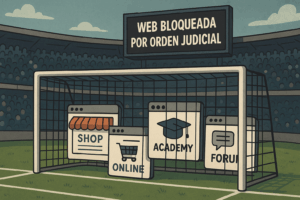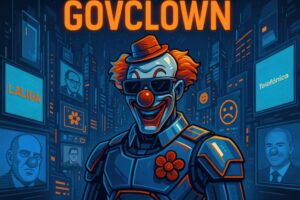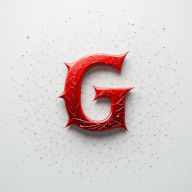Description: Learning algorithms are sets of rules and procedures that allow devices and systems to learn from the data they process, improving their performance and accuracy over time. These algorithms are fundamental in the context of the Internet of Things (IoT), where a multitude of connected devices collect and analyze data in real-time. Through techniques such as supervised, unsupervised, and reinforcement learning, devices can identify patterns, make predictions, and make autonomous decisions. The ability to learn from experience and adapt to new situations is what distinguishes these algorithms from traditional programs, which operate under fixed instructions. In the realm of IoT, this translates into greater operational efficiency, service personalization, and improved interaction between devices. For example, a smart thermostat can automatically adjust the temperature of a home based on user preferences and historical data, thus optimizing energy consumption. In summary, learning algorithms are essential for the development of a smarter and more efficient IoT, enabling devices not only to collect data but also to learn and evolve from it.
History: Learning algorithms have their roots in artificial intelligence, which began to develop in the 1950s. One important milestone was the development of the perceptron in 1958 by Frank Rosenblatt, which laid the groundwork for supervised learning. Over the decades, the evolution of computing and the increase in data availability have enabled the advancement of more complex algorithms, such as deep neural networks in the 2010s, which have revolutionized the field of machine learning.
Uses: Learning algorithms are used in a variety of applications within the Internet of Things, including home automation, energy management, health monitoring, and logistics. For example, in the health sector, wearable devices can monitor a user’s physical activity and health, learning from their patterns to provide personalized recommendations. In logistics, sensors on vehicles can optimize delivery routes based on historical data and real-time traffic conditions.
Examples: A practical example of learning algorithms in IoT is the use of energy monitoring devices that analyze electricity consumption in real-time and automatically adjust energy use to maximize efficiency. Another example is smart irrigation systems that use weather and soil data to optimize crop watering, learning from weather conditions and plant growth.



